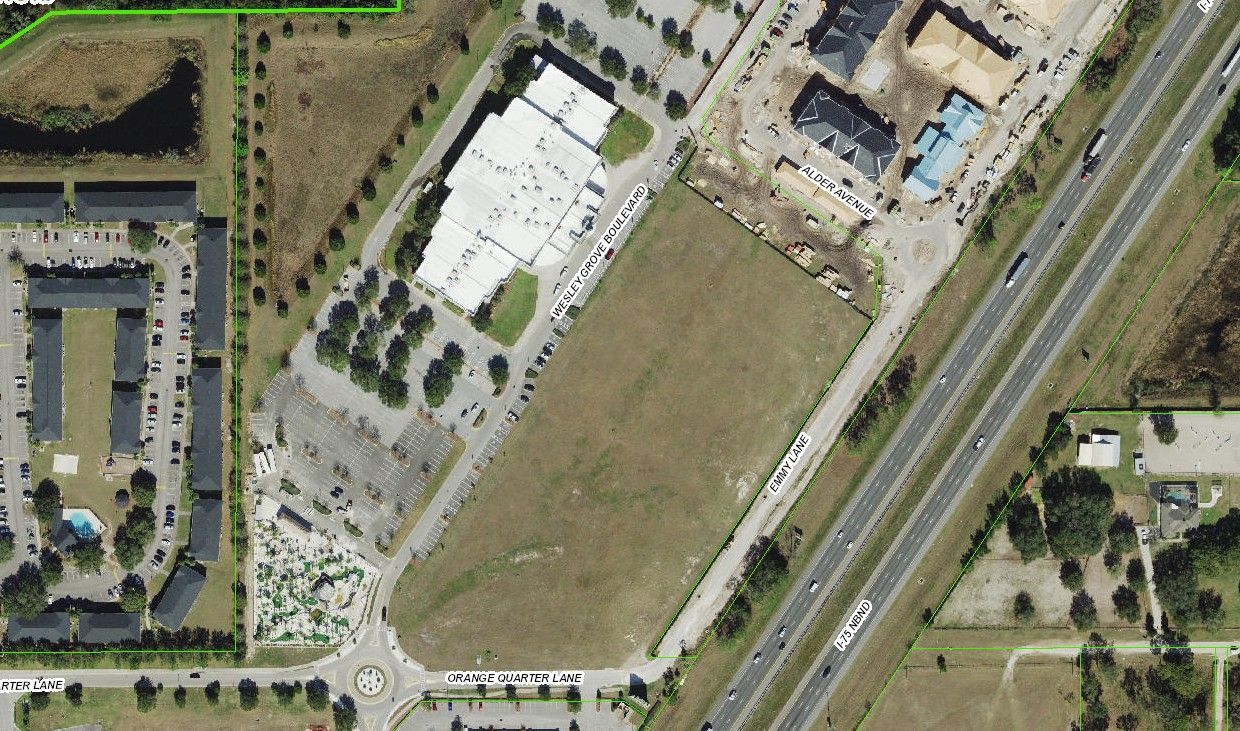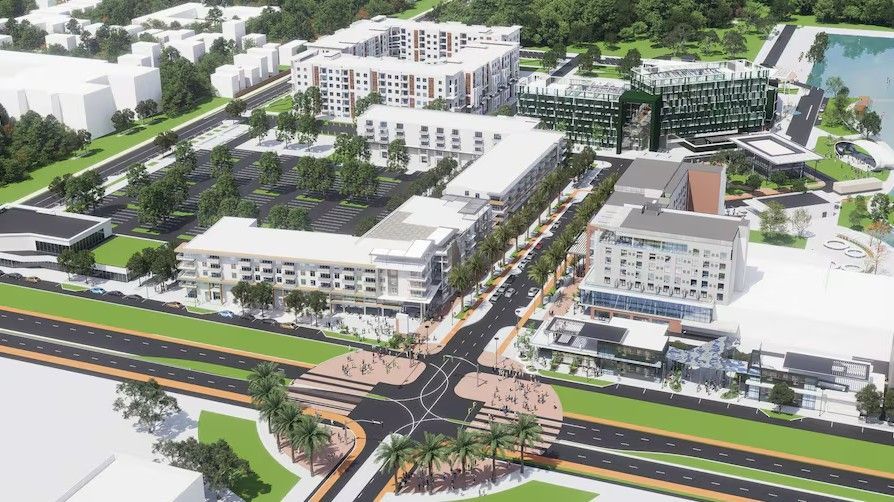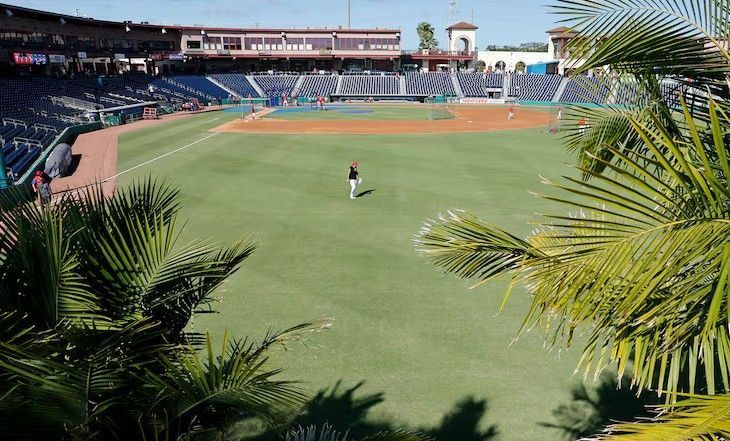FEMA announces changes to make financial assistance for disaster victims come easier
Across the United States, FEMA helps states and communities recover from hurricanes, wildfires, and other weather-related disasters. FEMA Administrator Deanne Criswell told reporters “We can do better. Survivors deserve better…. We are breaking records year after year with these disasters, and we need to be better prepared and informed to recover faster and more effectively".
FEMA assists survivors in finding and paying for short term housing while state and local government lead recovery efforts. Many survivors, however, face nightmares when it comes time to turn to FEMA for relief. Survivors have found themselves bounced between agencies, which results in delays and denials of critical funding when its needed the most. Thousands also get denied an adequate amount to find new housing. Climate change has only gotten worse, and we have seen storms become more frequent and destructive as well as costly. More victims, especially those in vulnerable populations, fall further through the cracks when it comes to getting assistance.
In response to this, FEMA will begin offering more flexible forms of assistance that aim to get money to survivors faster. Criswell, who began her job in 2021 traveled to disaster zones and listened to the frustrations and criticisms of victims, nonprofits, and local officials who all voiced frustration of people left for months struggling to receive aid. Experts and aid organizations have said America’s disaster response – particularly with the need for immediate housing is broken. Communities struggle to get back on their feet because local and state governments get overwhelmed by the scale and cost of recovery and federal resources do not fill the gaps.
Experts say housing is the backbone for a community to recover and survive after a natural disaster. When there is a shortage of housing, people end up in unsafe conditions or opt to move away. When people stay away for too long, they often do not return. The goal of disaster recovery is to return communities to normal functionality including its schools, hospitals, businesses, and other essential services.
FEMA’s overhaul of the Individual Assistance program includes eliminating steps, such as first requiring states to apply for a cash relief program, which often slowed and complicated federal money getting to victims. Now, the revamped Critical Needs Assistance program will automatically give eligible households $750 to assist in covering immediate expenses and necessities.
For those who need immediate access to housing, FEMA has removed some documentation requirements. They are also doing away with documentation that requires survivors to prove they spend their aid on rent to make them eligible for continued assistance. Displaced victims will also have more say in where they stay such as with family and friends, with FEMA giving the money upfront rather than making displaced victims lodge in specified hotels.
A long-term source of confusion with FEMA was the involvement of the Small Business Administration, with the agency first having to reject a victim's loan application before the person could get assistance with FEMA. That is now a removed process. Additionally. Victims who have disabilities can now use FEMA funds to make homes more accessible after a disaster.
Another process that has changed is how FEMA works with insured residents in disaster zones. Previously if insured, residents who got a certain amount of money from their carrier were ineligible for federal assistance, even if payouts didn’t make a dent in repairs. Now FEMA will pay up to $42,500 toward damages that insurance does not cover. The agency previously had an assistance cap of $42,500 per disaster, meaning if your insurer gave you a payout of $45,000 for $80,000 of repairs, you were then ineligible for assistance from FEMA. Under the new rule, you can apply for further assistance of up to $42,500 from FEMA.
New rules will take effect March 22, 2024. Changes are estimated to cost $671 million per year, with $159 borne by states and tribal nations where disasters occur.
Thank you for your interest. If you are in need of Appraisal & Valuation services in the West Central Florida Market, contact:
Mike Cliggitt, MAI, MRICS, CCIM
813.405.1705 | 863.661.1165 - Direct Lines
**Cliggitt Valuation, Inc. Specializes in FEMA 50% Rule Appraisals and Insurable Value (Replacement Cost New) Appraisals. Reach out to obtain a free estimate on your property today! **
Source: The Wall Street Journal
SHARE CONTENT





